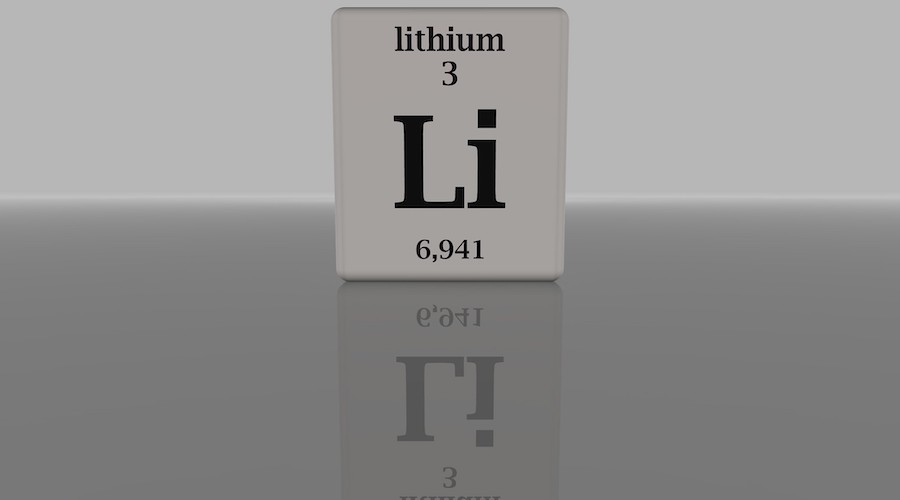
Researchers at the Institute of Metal Research (IMR) of the Chinese Academy of Sciences have developed micro-arrays that help deal with the unstable electrolyte–Li metal anode interface in next-generation high-energy-density lithium batteries.
In a paper published in the journal Advanced Materials, the scientists note that they have achieved the spatially selective distribution of the targeted solvation structure of ions at the electrolyte–anode interface by fabricating micro-arrays of nano-hydroxyapatite (nHA) with high Li+ binding energy on copper foil.
According to the group, the key to a stable Li metal anode is to construct a robust solid electrolyte interface (SEI) film at the electrolyte–anode interface. The most ideal approach is to optimize the solvated structure of the ions in the electrolyte while maintaining the properties of the bulk electrolyte.
They found that the electronegative nHA particles with high Li+ binding energy can effectively tune the solvation structure of ions in the electrolyte. Li+ will preferentially migrate to the surface of the nHA particle, forming a local Li+-rich region around the nano-hydroxyapatite particle, where anions can interact with more Li+ to form multi-coordinated anions.
Based on this finding, micro-arrays of nHA were further prepared on copper foil to preferentially form multi-coordinated anions at the electrolyte–anode interface. Meanwhile, the experiment also verified that the micro-arrays do not affect the solvation structure of the bulk electrolyte.
In general, uncoordinated anions are strongly repelled by the electron-rich anode, which greatly reduces the decomposition efficiency of the anions. In this study, using nHA micro-arrays, the multi-coordinated anions at the electrolyte–anode interface can be carried by Li+ to effectively cross the electric double layer on the anode, which is desired for an anion-derived solid electrolyte interface film.
The anions in the electrolyte are more completely decomposed into highly protective inorganic components in the SEI film, which can effectively suppress the dendrite growth on the anode. As a result, at high charge-discharge current densities, the risk of the notorious micro-short circuit happening in Li-metal batteries is significantly reduced.
In the researchers’ view, the finding of electronegative materials tuning local solvation structure in the electrolyte provides new design principles for building robust SEI for stable Li-metal batteries.